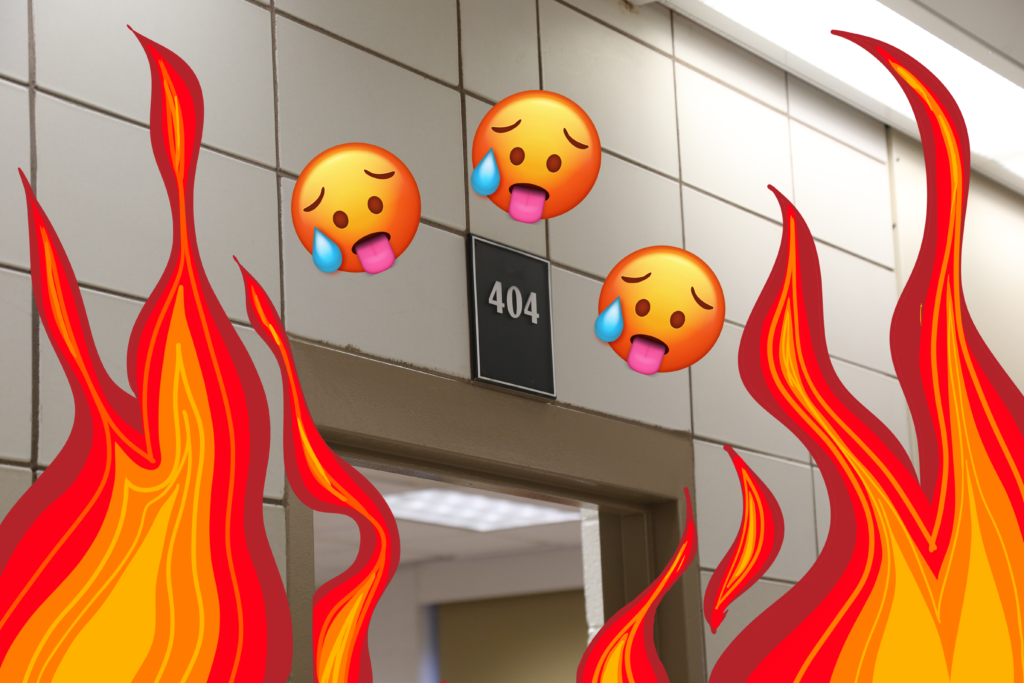
At a school with students as hardworking and high-achieving as the ones who attend Townsend Harris, it is essential for students to learn in a comfortable school environment, one in which we are free to focus on our academic obligations. On a daily basis, however, students and faculty find themselves traveling from uncomfortably cold rooms to oppressively hot ones, oftentimes on opposite sides of the same floor.
As a result, they must adjust their attire when moving from class to class, and go to their lockers during periods in which they are not normally allowed to, violating a school rule and further cluttering the already crowded classrooms.
Furthermore, once in class, students’ primary concern should be academics; the last thing one wants to worry about during a midterm or in-class essay assessment is the temperature.
Unfortunately, this is often the case, as students find themselves either sweating or freezing, their minds completely distracted from the schoolwork they are responsible for completing. As a result, this poor temperature control not only impacts the comfort of students, but another, far more important factor: their grades.
In response to this problem, which is clearly much more serious than a simple ‘annoyance’, the administration should survey both the faculty and students to identify which rooms are especially problematic, and initiate a discussion with the Department of Education about how to fix them.
After all, a school’s first priority should be its students and faculty, and in a school as academically rigorous as Townsend, every step must be taken to ensure the maintenance of an optimal environment for the community.



























